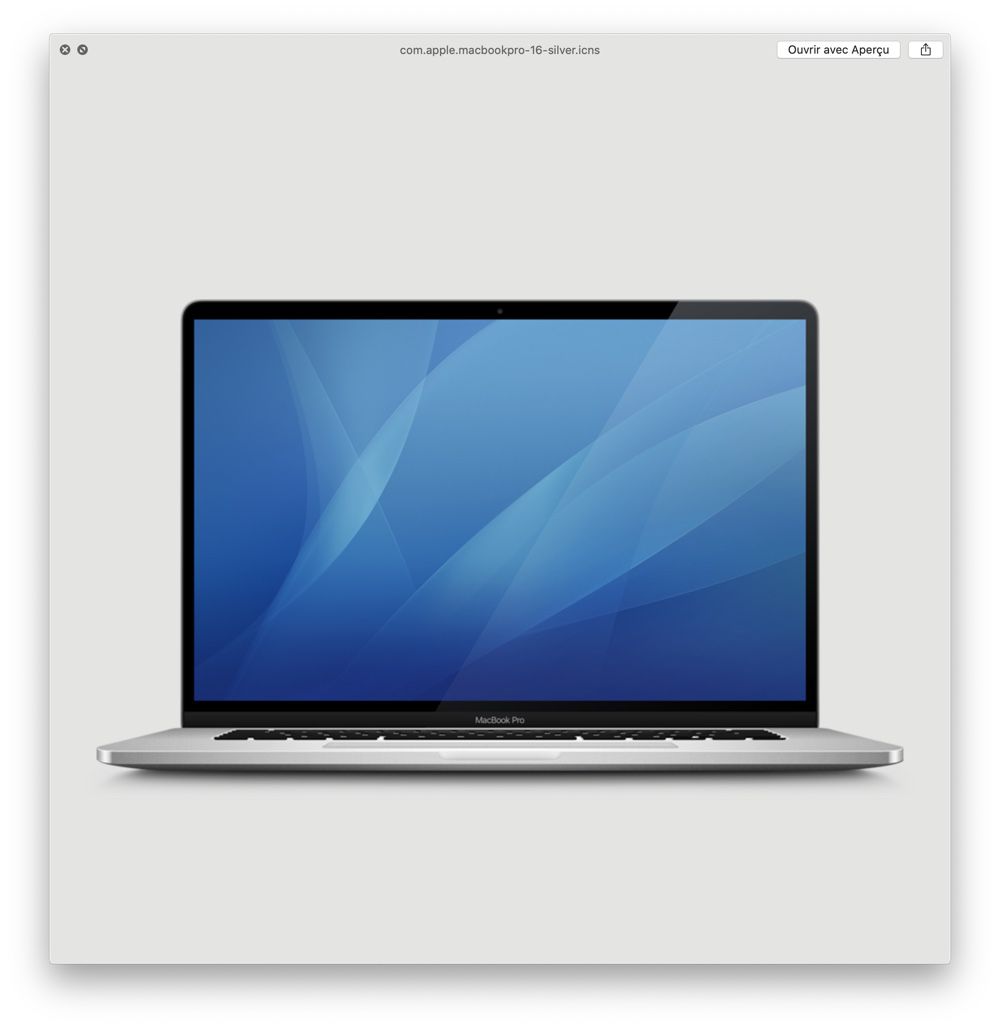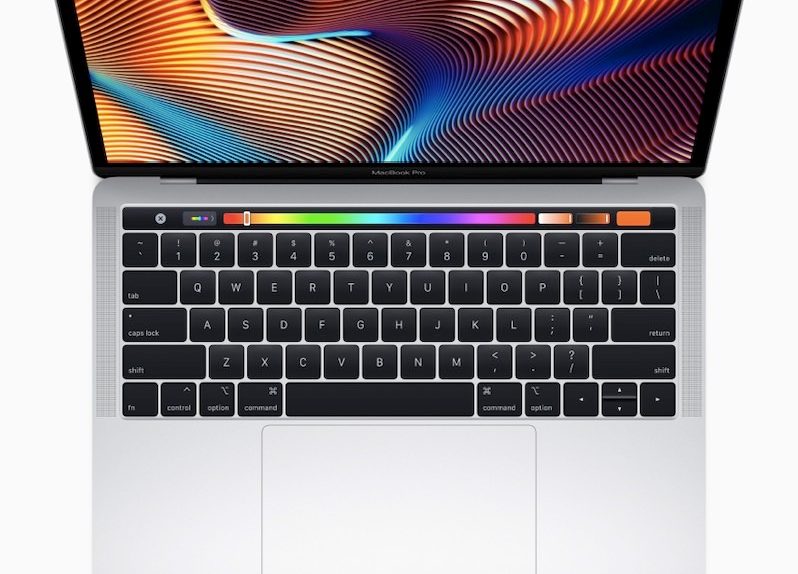Apple’s rumored 16-inch MacBook Pro is slated to launch by the end of October, according to a new report from Digitimes. The report adds that Apple’s next-gen MacBook Pro will boast thinner bezels than on current models and will incorporate next-gen chips from Intel.
Though the publication has something of a mixed track record when it comes to Apple rumors, we’ve seen enough reports from more credible sources over the past few weeks as to make the Digitimes report quite plausible.
As to other features regarding the rumored MacBook Pro refresh, previous reports have indicated that the new notebook will feature a 3072×1920 display and will ship with a 96W USB-C charger. Price wise, the 16-inch MacBook Pro may be a bit pricey, with some reports claiming it may cost as much as $2900.
Most notably, though, the new MacBook Pro will reportedly be the first new MacBook to completely abandon the much-maligned butterfly keyboard design Apple originally introduced a few years ago.
While the butterfly keyboard design was thinner than the scissor-style alternative, it proved to be far too temperamental and prone to failure for many users. And though Apple made incremental improvements to the design over the past few years, the sad reality is that it never quite managed to eliminate keyboard issues for all users. As a result, there has been a growing consensus in Apple circles that the butterfly keyboard design is one of the worst product designs to ever come out of Cupertino.
As to how the new MacBook Pro might look — with thin bezels and all — recently unearthed icons in a macOS Catalina beta show us with what the final design will likely be. Note that the thinner bezels will allow Apple to incorporate a larger display without increasing the footprint of the notebook in a meaningful way.

As a final point, It’s worth noting that Apple will reportedly abandon the butterfly keyboard design across the entirety of its notebook lineup by 2020. And though this purely a point of speculation, it’s entirely possible that Apple’s decision here can be traced back to Jony Ive — who was notoriously obsessed with thinness — leaving the company a few months back.








